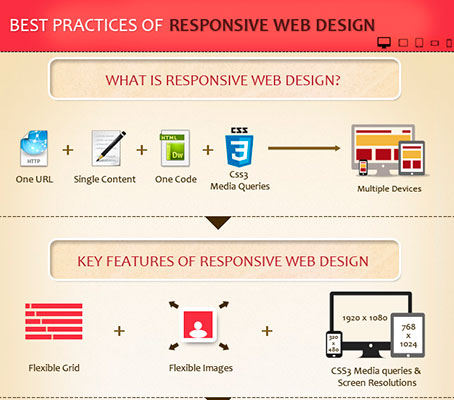Have you ever visited an internet site that took permanently to lots, had a complex navigating system, or really did not display correctly on your mobile device? Possibilities are, you rapidly abandoned that site and carried on to one that gave a far better customer experience.
In today's affordable online landscape, it's critical for businesses to prioritize web design that boosts customer experience in order to drive much better conversions. In this conversation, we will check out the value of responsive style, the usage of instinctive navigation, and the optimization of web page tons speed to develop a seamless and interesting individual journey.
Stay tuned to find how these elements can considerably influence your site's success.
Importance of Responsive Style
Receptive design is important in today's electronic landscape for creating internet sites that adjust perfectly to different screen sizes and tools. When your web site is responsive, it instantly adjusts its format and content to fit any kind of device, whether it's a smart device, tablet computer, or desktop. This is crucial because an increasing number of people are accessing the web via their smart phones.
If your web site isn't receptive, it can cause an inadequate customer experience. https://seo-defined73940.theobloggers.com/36396105/maximizing-your-e-commerce-shop-s-search-engine-optimization-potential-tips-and-finest-practices may have to squeeze and zoom to review material, buttons may be as well small to click, and images might not be optimized for smaller sized screens. This can irritate customers and result in high bounce rates and reduced conversions.
Making Use Of User-friendly Navigating
When designing a receptive internet site, it's important to concentrate on making use of intuitive navigating for an enhanced user experience.
User-friendly navigating refers to organizing your site's menu and navigation elements in a logical and straightforward method. By doing so, you make it less complicated for site visitors to find what they're searching for and browse through your internet site effortlessly.
User-friendly navigating helps in reducing complication and irritation, ultimately resulting in better customer engagement and increased conversions.
To accomplish instinctive navigating, take into consideration utilizing clear and detailed labels for your menu items, applying a constant format across all web pages, and including search performance for quick accessibility to certain web content. In addition, it's vital to prioritize vital web pages and info, guaranteeing they're plainly shown and conveniently obtainable.
Optimizing Page Lots Rate
To boost user experience, it's vital to maximize the web page load rate of your site. Slow-moving loading times can irritate customers and result in higher bounce rates.
Fortunately, there are numerous strategies you can apply to improve your web site's tons speed. To start with, take into consideration decreasing the size of your pictures by compressing them without endangering top quality.
Furthermore, enhance your code by lowering unneeded manuscripts and CSS data. Another reliable technique is to take advantage of internet browser caching, which allows specific aspects of your internet site to be saved locally, reducing tons times for returning site visitors.
In search optimisation agency , think about using a web content distribution network (CDN) to disperse your internet site's data throughout several servers, enhancing load rate for users in different geographical locations.
Verdict
In conclusion, by employing responsive design, intuitive navigating, and optimizing page tons speed, website design can considerably boost user experience and drive much better conversions.
With a straightforward user interface, very easy navigating, and quick packing times, websites can catch and retain the interest of individuals, resulting in raised engagement and greater conversion prices.
So, don't delay in executing these website design approaches to make sure a smooth and effective customer experience!
